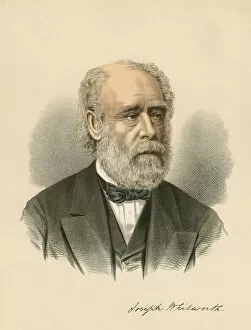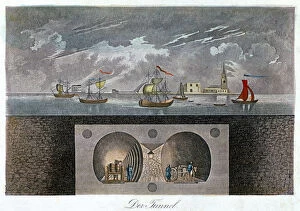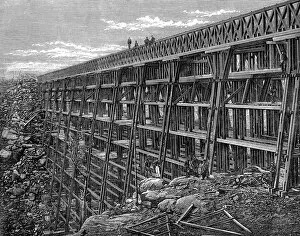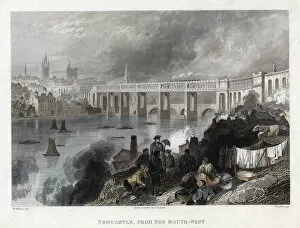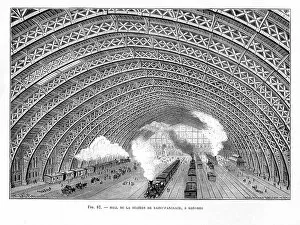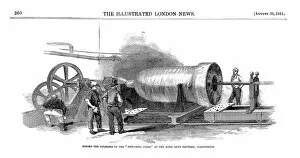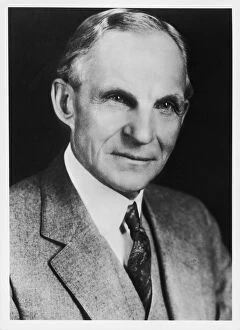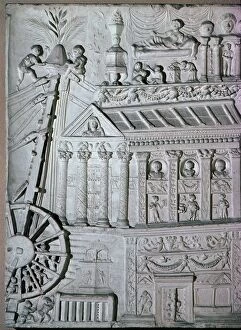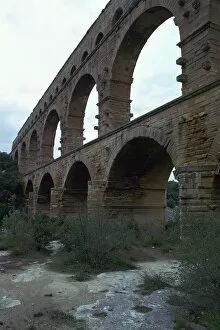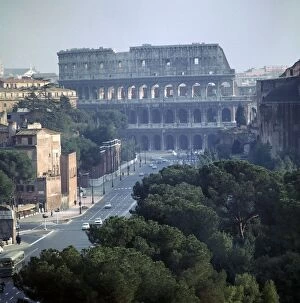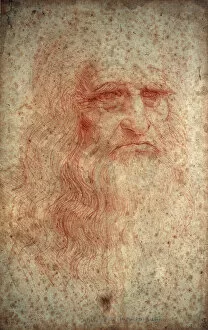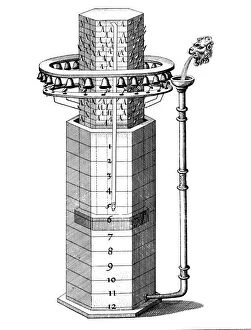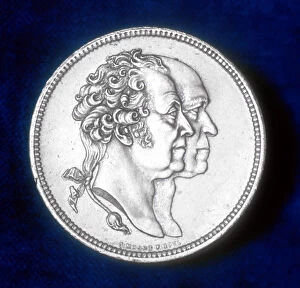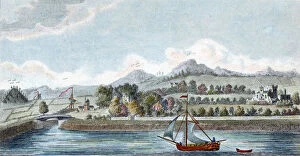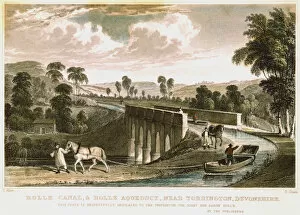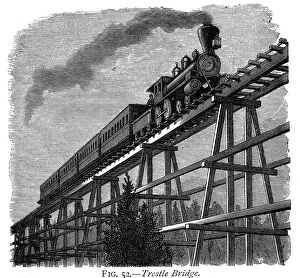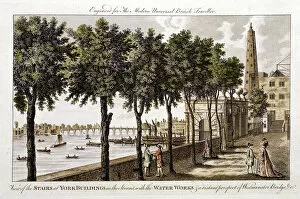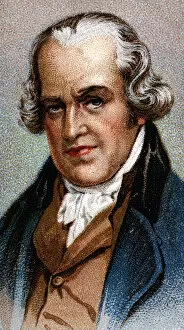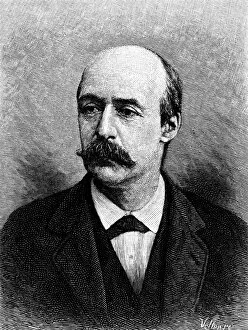Engineering Collection (page 100)
"Engineering: Masterpieces that Propel Progress and Connect Worlds" The Pendolino tilting train, a marvel ingenuity, gracefully glides through curves
For sale as Licensed Images
Choose your image, Select your licence and Download the media
"Engineering: Masterpieces that Propel Progress and Connect Worlds" The Pendolino tilting train, a marvel ingenuity, gracefully glides through curves, ensuring a smooth and comfortable journey for passengers. Witness the awe-inspiring "Kiss of the Oceans" at the Panama Canal as the Atlantic meets Pacific, showcasing mankind's triumph over nature through ingenious engineering. Explore the Isle of Wight with its intricate map, highlighting how engineering has shaped this picturesque island into a haven for both residents and visitors alike. Isambard Kingdom Brunel stands proudly before the launching chains of the Great Eastern, symbolizing his visionary contributions to maritime engineering during an era of groundbreaking advancements. Behold the majestic Transporter Bridge in Middlesbrough, Teeside – an iconic feat that seamlessly connects communities while captivating all who witness its towering presence. G. H Davis' masterful construction unfolds before our eyes as we delve into Sydney Harbour Bridge's building process – a testament to human innovation spanning vast distances and uniting nations. The Forth Rail Bridge stands tall against Scotland's breathtaking landscape; its intricate design showcases not only structural brilliance but also serves as a timeless symbol of industrial prowess. Delve deep into Napier Deltic engine's cross-section to uncover its inner workings - an epitome of precision craftsmanship powering locomotives with unparalleled efficiency and performance. Witness history in motion as final gears are meticulously fitted onto the mighty Deltic engine - each component coming together like clockwork to propel transportation forward with unmatched power. Marvel at Wellington Inn on stilts (OP05766), defying gravity through innovative architectural techniques - yet another example where engineers push boundaries to create extraordinary structures that captivate our imagination. The Falkirk Wheel in Stirlingshire is more than just an engineering marvel.


